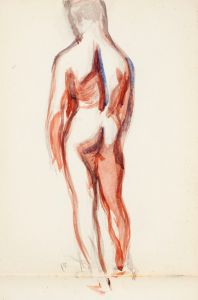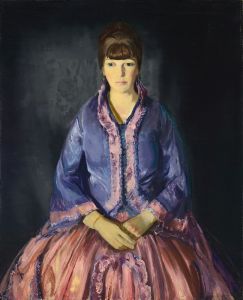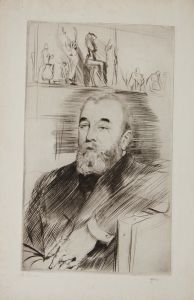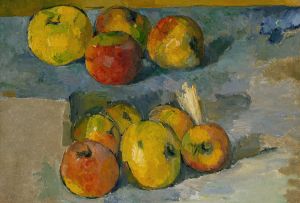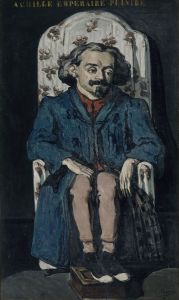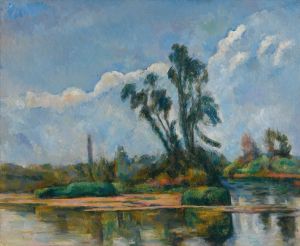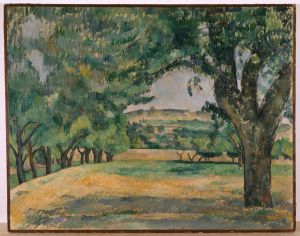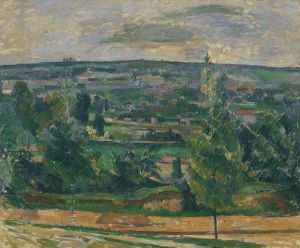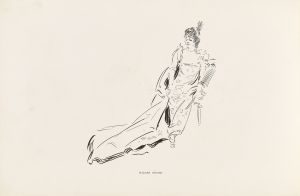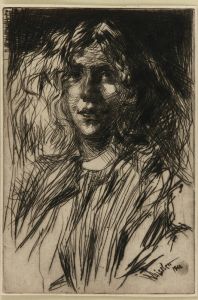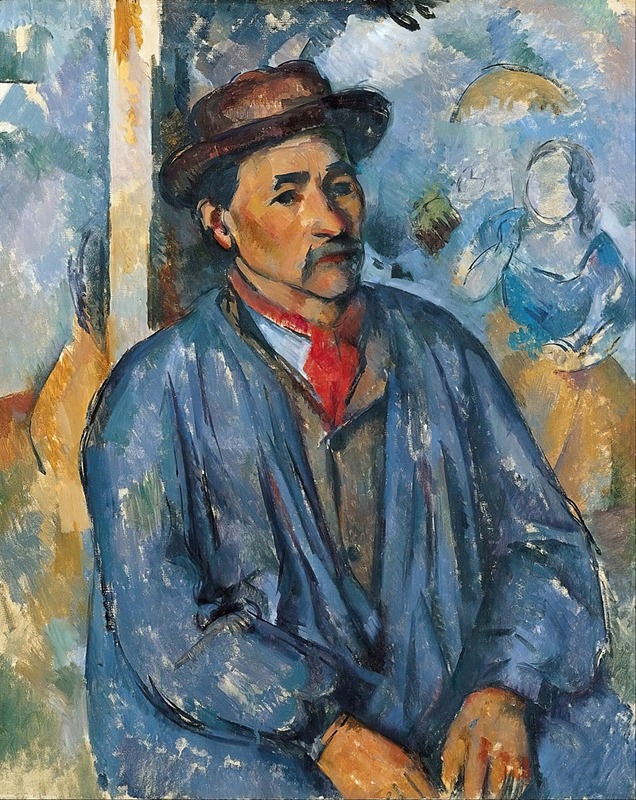
Man in a Blue Smock
A hand-painted replica of Paul Cézanne’s masterpiece Man in a Blue Smock, meticulously crafted by professional artists to capture the true essence of the original. Each piece is created with museum-quality canvas and rare mineral pigments, carefully painted by experienced artists with delicate brushstrokes and rich, layered colors to perfectly recreate the texture of the original artwork. Unlike machine-printed reproductions, this hand-painted version brings the painting to life, infused with the artist’s emotions and skill in every stroke. Whether for personal collection or home decoration, it instantly elevates the artistic atmosphere of any space.
"Man in a Blue Smock" is a painting by the renowned French artist Paul Cézanne, who is often credited with laying the groundwork for the transition from 19th-century Impressionism to 20th-century Cubism. Cézanne's work is characterized by his innovative approach to form, color, and composition, which has had a profound influence on the development of modern art.
The painting "Man in a Blue Smock" is an example of Cézanne's portraiture, a genre he explored throughout his career. While Cézanne is perhaps best known for his still lifes and landscapes, his portraits reveal his deep interest in capturing the essence of his subjects through a unique interplay of color and form. In this particular work, Cézanne employs his characteristic brushwork and a palette dominated by blues and earthy tones to depict a man wearing a blue smock.
Cézanne's approach to portraiture was distinct from that of his contemporaries. Rather than striving for a realistic likeness, he focused on the underlying structure and geometry of his subjects. This is evident in "Man in a Blue Smock," where the figure is rendered with a series of carefully placed brushstrokes that suggest volume and depth. The use of color is also significant; Cézanne often used color to define form and create a sense of harmony within the composition.
The identity of the man in the painting is not definitively known, which is not uncommon in Cézanne's portraits. He frequently painted family members, friends, and local workers, but did not always document their identities. This anonymity allows viewers to focus on the formal qualities of the painting rather than the personal characteristics of the sitter.
Cézanne's technique in "Man in a Blue Smock" reflects his broader artistic philosophy. He believed in the importance of observing nature and translating it into a series of basic shapes and colors. This analytical approach is evident in the way he constructs the figure, breaking it down into geometric forms and reassembling them on the canvas. This method would later influence artists such as Pablo Picasso and Georges Braque, who developed Cubism.
The painting is also notable for its exploration of light and shadow. Cézanne was adept at using subtle shifts in tone to create a sense of depth and volume. In "Man in a Blue Smock," the interplay of light and shadow adds to the three-dimensionality of the figure, enhancing the viewer's perception of the subject's physical presence.
"Man in a Blue Smock" exemplifies Cézanne's commitment to capturing the complexity of human form and emotion through his innovative use of color and composition. The painting is a testament to his enduring influence on the art world, as it encapsulates the transition from traditional representation to a more abstract and conceptual approach to art.
Today, Cézanne's works, including "Man in a Blue Smock," are celebrated for their groundbreaking contributions to modern art. They are studied for their technical mastery and their role in shaping the direction of 20th-century artistic movements. Cézanne's legacy continues to inspire artists and art enthusiasts alike, as his paintings offer a unique glimpse into the evolving nature of artistic expression.





